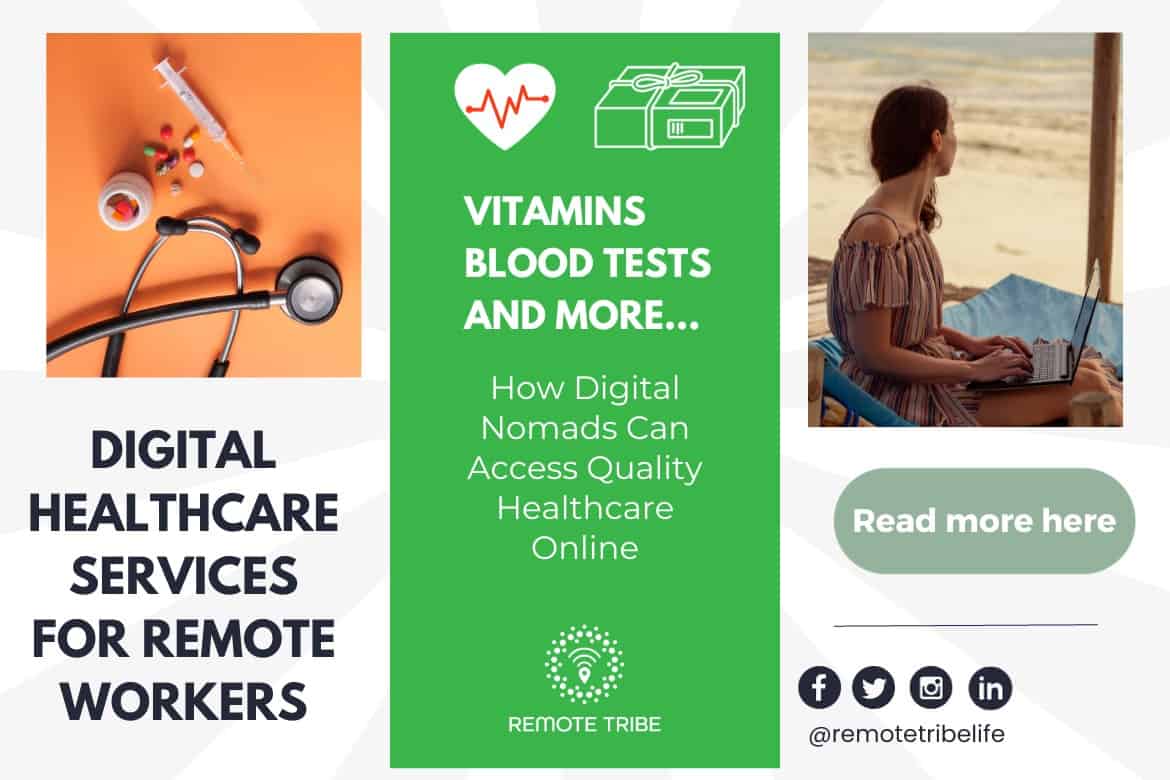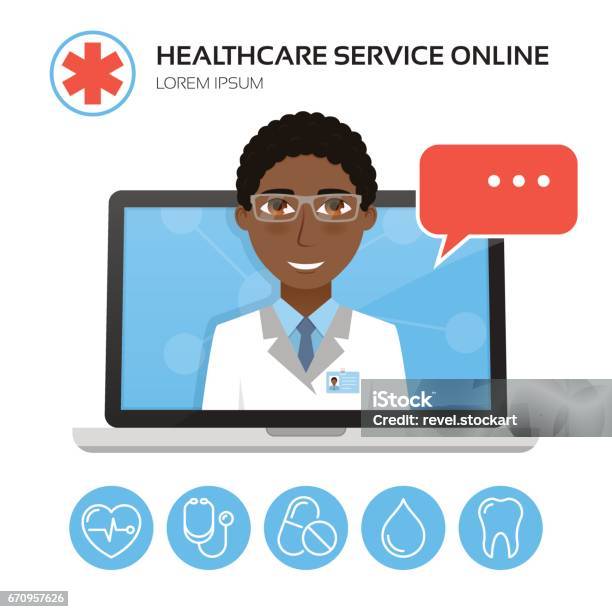Why Subscription Based Healthcare is Gaining Appeal Among Patients Today
Why Subscription Based Healthcare is Gaining Appeal Among Patients Today
Blog Article
Comprehending the Cost-Effectiveness of Subscription-Based Health Care Versions
As the health care landscape advances, subscription-based models become an engaging alternative, promising to redefine exactly how people manage clinical costs. Reviewing these models' cost-effectiveness requires a nuanced comparison with typical insurance, considering both monetary effects and patient fulfillment. While they supply openness and predictability in prices, questions remain about their ability to satisfy diverse health care requirements, particularly for specialized therapies. The point of views of doctor additionally complicate this formula, offering a complex obstacle. What does the future hold for these versions, and can they genuinely deliver on their guarantee of available, affordable care?
Introduction of Subscription-Based Designs
Subscription-based healthcare models, occasionally described as direct health care or concierge medicine, are significantly acquiring attention as a possible option to ineffectiveness within conventional healthcare systems. These versions operate the concept of offering individuals direct accessibility to health care companies through a yearly or regular monthly fee, bypassing the requirement for traditional insurance mechanisms. This setup aims to simplify patient-provider communications by minimizing administrative worries, which commonly hinder prompt and customized treatment.
At the core of subscription-based designs is the focus on a much more tailored client experience. People benefit from improved accessibility to their medical professionals, commonly including next-day or same-day visits, prolonged consultation times, and straight communication channels such as phone or video clip telephone calls. This design cultivates a proactive method to medical care, where clients and companies can collaboratively focus on preventative treatment and persistent disease management.

Expense Comparison With Standard Insurance Policy

Among the key economic benefits of registration designs is openness in expenses. Clients pay a predictable fee, which can streamline budgeting and financial preparation. In addition, these models generally get rid of co-pays and deductibles for covered services, reducing out-of-pocket costs. Conversely, typical insurance may be much more advantageous for people needing specialized treatment or pricey treatments not covered under a registration model, as they benefit from the more comprehensive insurance coverage network and cost-sharing mechanisms.
Nevertheless, cost-effectiveness is context-dependent. While registration designs might provide cost savings for those mainly needing primary treatment, people with persistent problems or specialized healthcare requirements may discover standard insurance coverage extra thorough. Therefore, assessing particular health care requirements and prospective use is vital in identifying one of the most cost-effective choice for people.
Influence On Individual Contentment
Client contentment within subscription-based medical care models often shows a considerable renovation over conventional insurance coverage systems. This enhancement is mainly associated to the individualized care and ease of access these models supply. Patients often report higher satisfaction due to reduced wait times and the ease of scheduling appointments. Unlike typical systems, where clients may experience delays in getting treatment, subscription-based versions make certain more prompt and straight communications with health care companies.
Furthermore, the openness in prices connected with subscription-based healthcare minimizes the typical stress connected to unexpected costs and complex billing processes seen in typical insurance (subscription based healthcare). People appreciate recognizing the exact monetary commitment upfront, causing raised count on and self-confidence in their medical care monitoring
In addition, the focus on preventative treatment and health my site in membership models adds to enhanced health and wellness results, further enhancing person fulfillment. By concentrating on recurring wellness upkeep instead of episodic treatment, patients experience a more continuous and alternative medical care trip.
Furthermore, the improved provider-patient partnership fostered in these designs, defined by even more time invested per person and customized interest, plays a crucial function in raising individual complete satisfaction levels, as individuals really feel truly looked after and recognized.
Service Provider Experiences and point of views
From the supplier's point of view, subscription-based healthcare models offer a transformative approach to delivering medical services. These versions stress a preventative and aggressive medical care approach, permitting carriers to concentrate on thorough person treatment without the restrictions of standard fee-for-service plans (subscription based healthcare). This shift in focus often causes boosted client end results and boosted company fulfillment, as medical care professionals can designate more time and resources to person interaction and customized care strategies
Additionally, subscription models promote predictable revenue streams, which boost monetary stability for doctor. This predictability permits boosted resource preparation and allowance, adding to a much more effective healthcare these details delivery system. Suppliers can invest in team modern technology, facilities, and training improvements, therefore enhancing the top quality of care used.
Nonetheless, the change to subscription-based versions is not without challenges. In spite of these obstacles, lots of carriers locate that the advantages of increased patient interaction and streamlined procedures surpass the first obstacles, making subscription-based versions an eye-catching alternative.
Future Leads and Obstacles

A primary obstacle is regulative compliance, as registration designs should follow progressing healthcare plans navigate to this website and insurance coverage needs. This requires continuous adjustment and development to make certain positioning with lawful requirements. In addition, incorporating these models right into existing healthcare facilities can be complex, needing significant financial investments in technology and training.
There is likewise the possible danger of developing inequities in health care accessibility, as membership versions might prefer those that can manage them, leaving at risk populations underserved. Resolving this calls for thoughtful consideration of rates strategies and subsidy devices to guarantee inclusivity.
Verdict
Subscription-based healthcare designs offer a practical option to typical insurance by using economic predictability and transparency, especially profiting people with persistent problems or constant healthcare requirements. The cost-effectiveness of these designs rests upon specific healthcare usage patterns and situations. While they may improve person complete satisfaction and improve budgeting, difficulties remain in dealing with specialized treatment demands. Future factors to consider include stabilizing comprehensive protection with price and integrating these designs within the more comprehensive medical care system for optimum end results.
Subscription-based health care designs, in some cases referred to as direct key treatment or attendant medicine, are increasingly gaining focus as a prospective service to inefficiencies within traditional medical care systems. Unlike standard systems, where individuals might experience hold-ups in receiving care, subscription-based versions make sure more direct and prompt communications with healthcare suppliers.
These designs stress a aggressive and preventative healthcare strategy, permitting suppliers to focus on thorough individual care without the restrictions of traditional fee-for-service setups. As these models proceed to acquire grip, they use the potential to change patient accessibility to care, improve solution shipment, and maximize healthcare investing.Subscription-based healthcare versions present a feasible alternative to standard insurance policy by providing economic predictability and openness, particularly profiting people with chronic conditions or constant healthcare requirements.
Report this page